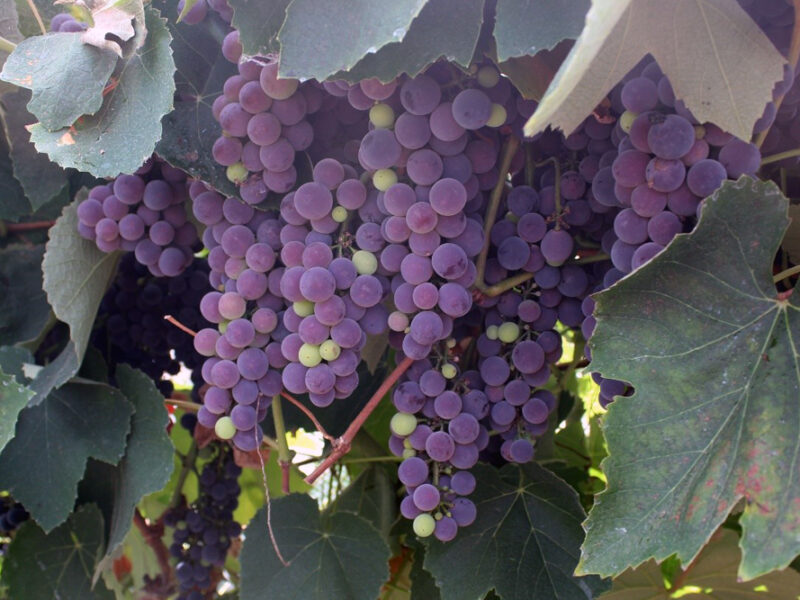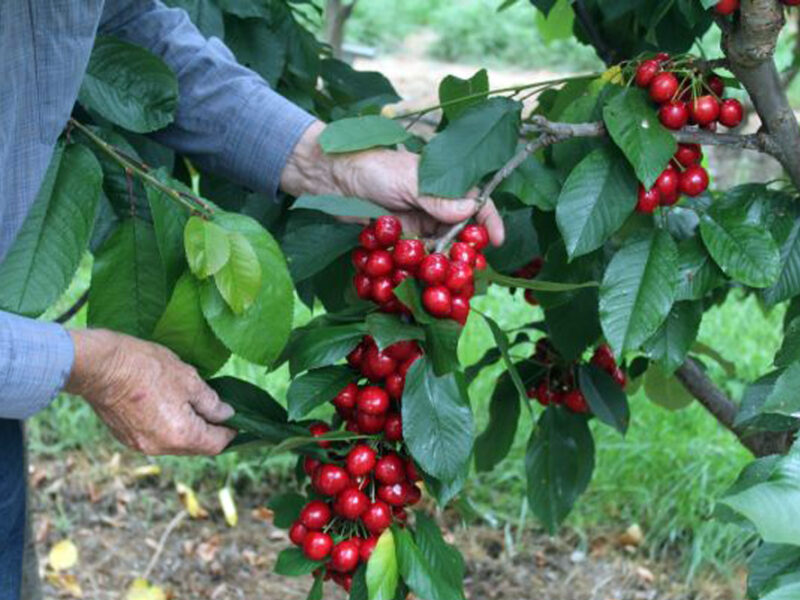I have been asked by Brown Grow to write a monthly article for their blog. I thought it would be appropriate to start with telling you all something about myself. I am a retired University teacher. I lectured in horticulture at Massey University (New Zealand) for 40 years, and was fortunate enough also to be allowed to consult internationally while at the University.
I have been involved with coir since the late 1980s when I was asked by the Food and Agriculture Organization of the United Nations (FAO)] to write a technical proposal to undertake work on coir for horticultural purposes to be submitted to the Indian and Sri Lanka governments for their approval. This was duly done and eventually the two governments rejected the proposal stating that this work was unnecessary as both countries had a good appreciation on how best to use coir for horticultural purposes. This was 30 years ago, and we are still learning how to make the best use of coir in horticulture.
10 years later one of my former students came to me to discuss coir as she was working for a New Zealand coir company. This stimulated my interest again in coir and I used it to develop a method to produce asparagus spears year round in a greenhouse in New Zealand. This method can be used world-wide and will be describe in a future blog.
I was then recruited by an Australian coir company, and this resulted in visits to India and Philippines to evaluate their coir production operations. The Australian coir company was eventually taken over by a multinational company who closed the coir operation in order to concentrate on their other waste management products.

I was then recruited by BrownGrow.
Yes coir is a “waste” product from the coconut industry, whose real vale was initially as copra, and now is trending towards becoming a valuable source of milk. There is absolutely no doubt that coir is a really valuable product for growing horticultural crops hydroponically particularly in protected cultivation (greenhouses). For very sound environmental reasons peat is inexorably becoming prohibited as a growing medium, and although there are other potential media, such as pine bark, or even wood chips, coir has the best horticultural properties, and can be dried and compressed for freight world-wide. Rockwool (stone wool) is probably the gold standard for hydroponic growing media, chiefly because it is manufactured and thus every slab has the same physical and chemical characteristics. The down side, however is that large quantities of energy are required to produce it, it offers very little in terms of buffering of water and nutrients for the crop, and it has disposal problems, and is expensive to freight because of it’s bulk.. Coir, on the other hand has excellent buffering characteristics, is relatively cheap to freight because it can be compressed, and it is still a valuable product after use.
It us surely going to become the pre-eminent growing medium of the future.
-Mike Nichols



